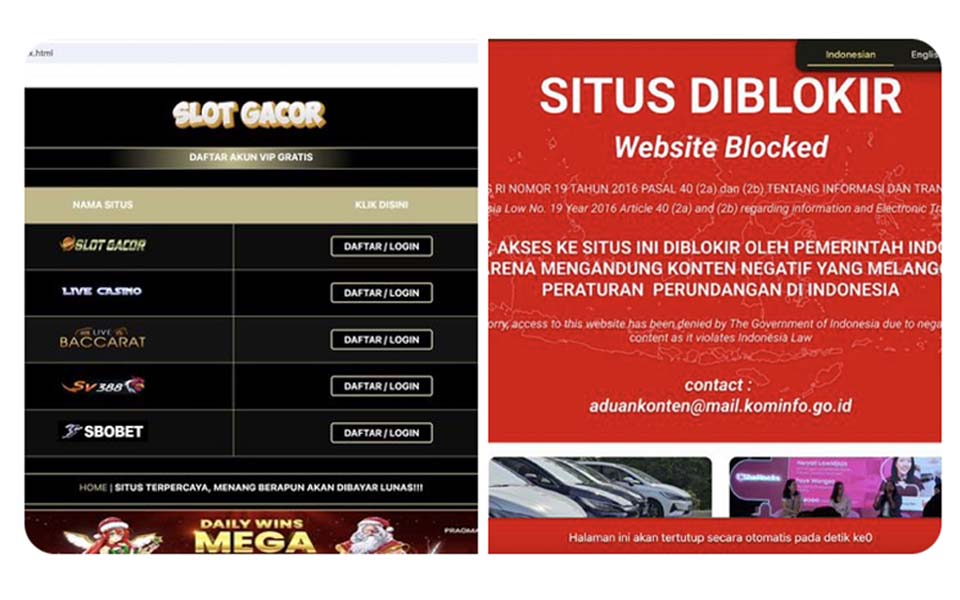Christoforus Ristianto, Jakarta – Centre for Innovation Policy and Governance (CIPG) researcher Klara Esti says that the political buzzer phenomena can be said to have begun during the 2012 gubernatorial (pilgub DKI) elections in Jakarta.
“The pilgub DKI Jakarta political affair in 2012 was the initial momentum for the development of buzzers”, said Esti during a discussion titled Buzzers and the Threat to Democracy, at the Indonesian Legal Aid Foundation (YLBHI) offices in Central Jakarta on Friday October 11.
At the time, the social media world in Indonesia was indeed developing rapidly, particularly through Twitter.
Esti said that the rapid development of social media in Indonesia coincided with the political momentum of political actors needing to boost their popularity.
It is not surprising therefore that buzzers became a promising industry as the political dynamics in Indonesia heated up during the 2014 presidential election (pilpres), the 2017 gubernatorial election in Jakarta and the 2019 presidential election.
“In Indonesia buzzers again enlivened social media during the 2014 pilpres, the DKI 2017 pilgub through to the 2019 pilpres. It was out of this momentum that the term buzzer was increasingly used and they became increasingly brazen in showing themselves”, she said.
Esti added that this phenomenon broadened the function of buzzers which prior to this had largely been used by private companies to jack up sales though social marketing techniques.
Political parties, politicians and government agencies also sought to use them to convey ideas and build their public image.
With the availability of a market and supporting digital ecosystem on social media, she continued, it is not surprising that buzzers also became a promising business opportunity.
“The buzzer work environment is also no longer limited to advertising a product, but they have also entered the political arena”, she continued.
The buzzer phenomenon in Indonesia was one of the issues explained by two researchers from the Oxford University in Britain, Samantha Bradshaw and Philip N Howard.
They both found that that cyber troops in the virtual world were used to influence public opinion and attack political rivals. This is not just happening in Indonesia. Cyber troops or buzzers have become a global phenomena.
In their report titled The Global Disinformation Order: 2019 Global Inventory of Organised Social Media Manipulation, they found that political buzzers in Indonesia were paid.
Bradshaw and Howard explained that Indonesian buzzers use four main social media platforms, namely Twitter, Facebook, WhatsApp and Instagram.
It was found that politicians, political parties and private contractors used buzzers to disseminate pro-government and pro-political party propaganda, attack political rivals and to spread information designed to sow disunity among the public.
Bradshaw and Howard also categorised buzzers into four groups, namely minimal cyber troop teams, low cyber troop capacity, medium cyber troop capacity and high troop capacity.
Indonesia, according to the report, was placed in the category of low cyber troop capacity. Buzzers are not contracted on a permanent basis and are paid between 1 million and 50 million rupiah [per job].
[Translated by James Balowski. The original title of the article was “Peneliti: Pilkada DKI 2012, Momentum Berkembangnya Buzzer”.]















